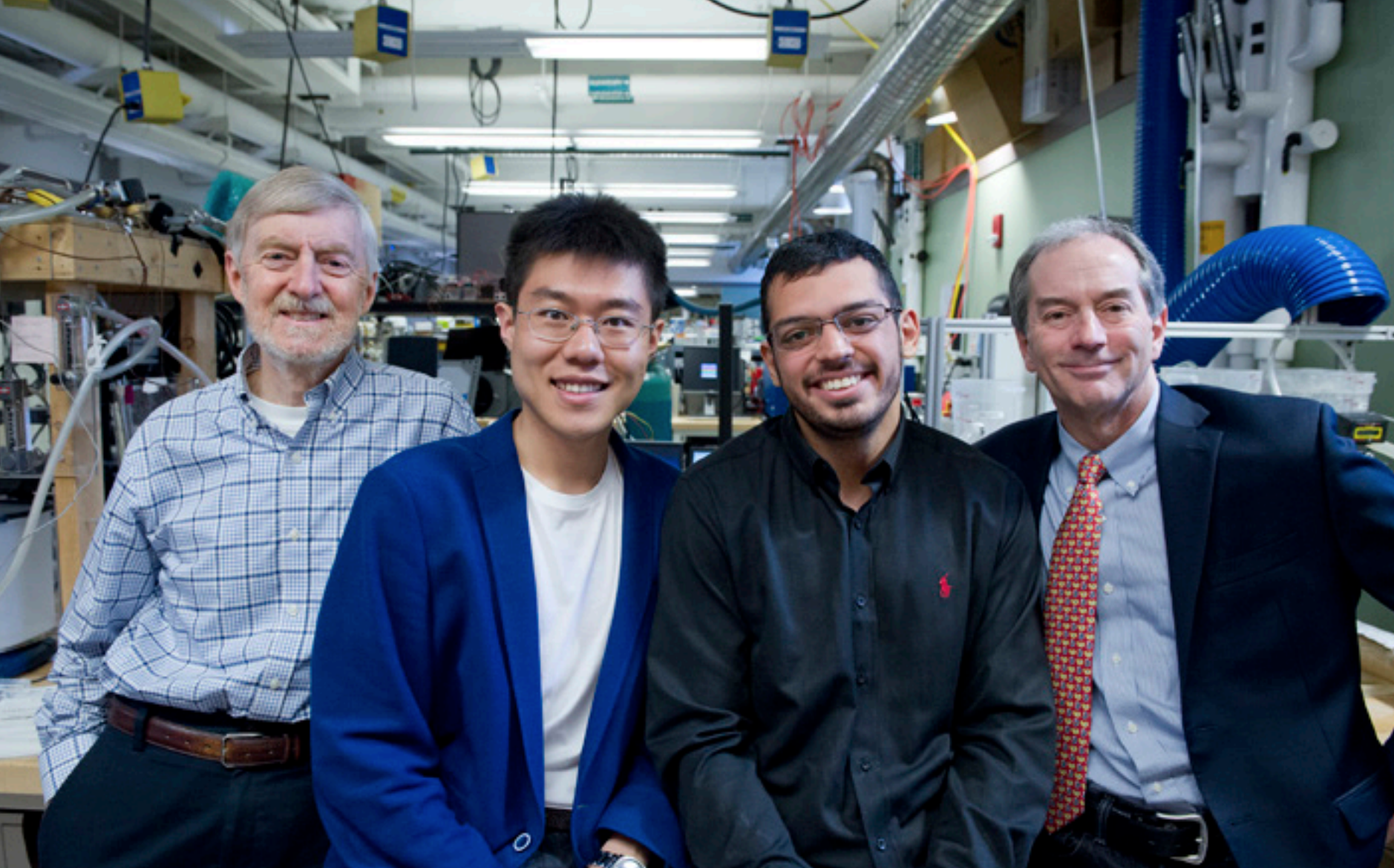[Air conditioners] need to lower temperature and remove moisture, and doing both those things together takes a lot of extra energy.
Leslie Norford
A fundamental analysis by MIT researchers confirms that proposed new approaches to air conditioning could significantly reduce the energy required to cool and dehumidify indoor spaces—an escalating need as populations grow and the climate warms. Today’s air conditioners dehumidify by condensing water vapor out of air, an inherently energy-inefficient process. The researchers’ study focuses on systems that instead use desiccant materials that naturally adsorb moisture or membranes that let water vapor molecules, but not air, pass through. Their thermodynamic analyses show that those technologies can yield high efficiencies—but only when they’re incorporated into carefully designed systems with integrated heat-recovery devices. The results also demonstrate that a system’s performance can vary significantly at different ambient temperatures and humidity levels. Matching the technology to the climate is thus critical.
 Leslie Norford
Professor
Leslie Norford
Professor
 John Lienhard
Professor
John Lienhard
Professor
